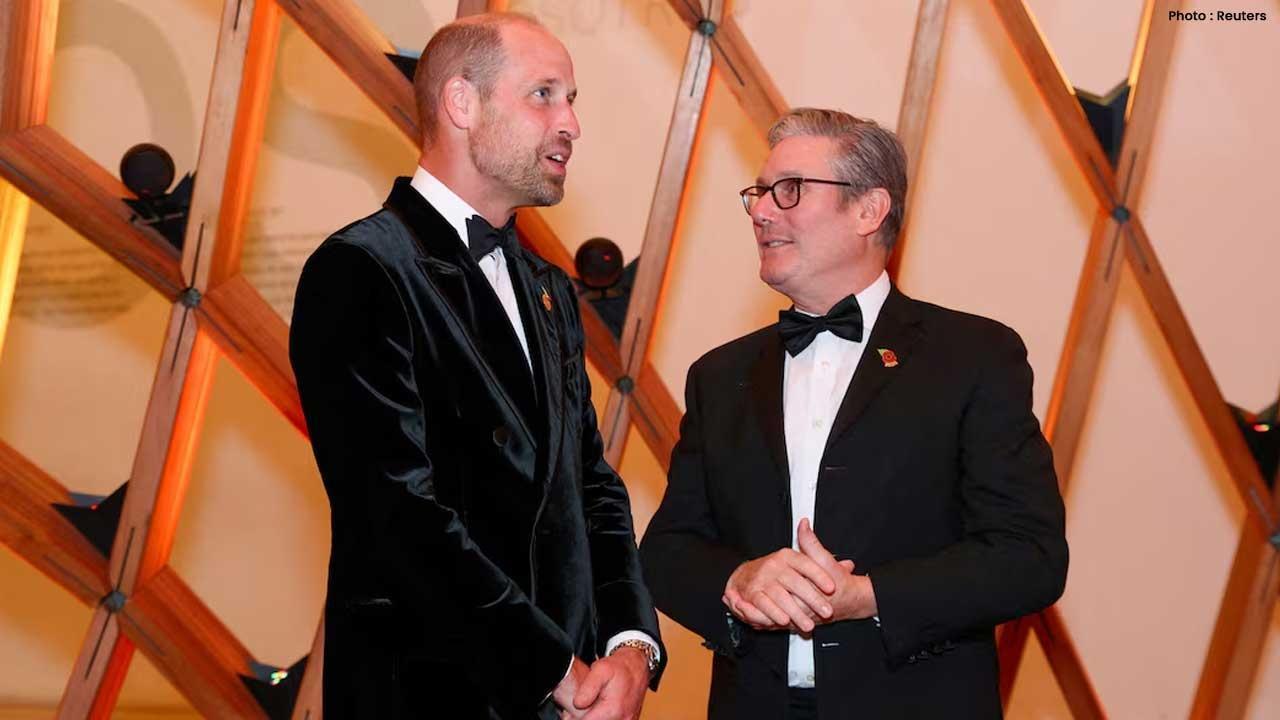
Join 10k+ people to get notified about new posts, news and tips.
Do not worry we don't spam!

Post by : Anis Farhan
For years, international brands have dominated the shelves—trusted names with global reputations built on uniform quality, mass appeal, and strategic branding. But in recent years, something has shifted. From Southeast Asia to Europe, and from North America to the Middle East, more and more consumers are turning away from multinational labels in favor of homegrown alternatives. This is not a passing trend—it’s a transformation rooted in identity, transparency, and cultural relevance. Consumers are actively choosing products that feel personal, aligned with their values, and born from their communities.
At the heart of this shift lies emotion. Local brands connect with people in a way that global brands often struggle to do. They speak the same language, literally and culturally. They reflect familiar experiences and stories, use regional ingredients or aesthetics, and often support causes or communities that customers care about. In an era where authenticity is king, brands that "get it"—those rooted in local narratives—are gaining favor. Whether it’s a skincare brand made with indigenous herbs or a fashion label promoting regional artisanship, consumers are eager to invest in stories they feel part of.
The COVID-19 pandemic played a catalytic role in recalibrating consumer priorities. During lockdowns and travel restrictions, global supply chains took a hit. Suddenly, locally made products weren’t just a patriotic choice—they were a practical necessity. That experience changed habits, making people more aware of their immediate surroundings and local economies. With the world reevaluating health, sustainability, and economic resilience, consumers began viewing their purchases as statements. Buying from a local brand became a symbol of support, a mark of consciousness, and a way to keep communities afloat during tough times.
While global giants once dominated traditional advertising and in-store placements, the digital era has democratized access. Platforms like Instagram, TikTok, and Shopify have allowed local entrepreneurs to showcase their products with flair, reach niche audiences, and scale fast. Consumers now discover brands through reels, influencer partnerships, and community forums rather than through prime-time commercials or airport billboards. A regional spice blend maker can now compete with a global food conglomerate on equal visual and storytelling footing—all thanks to a well-crafted reel or a viral customer testimonial.
The younger generations are not just digital natives—they are value-first consumers. They don’t just ask what a brand sells; they ask what it stands for. Environmental sustainability, ethical labor practices, community engagement, and inclusivity are non-negotiables. Local brands, unburdened by layers of bureaucracy and legacy systems, are often quicker to adopt these principles. That agility appeals to Gen Z and Millennials, who are more likely to spend their money on brands that align with their worldview—even if it means paying a premium. They want brands that “walk the talk” and represent their ideals in action.
Global brands often rely on standardized formulas to maintain uniformity. But local brands thrive by embracing diversity. They can fine-tune their offerings to suit regional tastes, customs, and rituals. A local beverage company might infuse its drinks with native herbs familiar to its audience; a beauty brand might design products suited for specific climates or skin tones. This flexibility, combined with real-time consumer feedback on social platforms, gives homegrown businesses a significant edge in personalizing experiences—something larger brands struggle to replicate without deep localization strategies.
Consumers today are savvier, more skeptical, and less tolerant of vague claims. Local brands, by virtue of their proximity, have an advantage when it comes to transparency. Customers know where their products come from, who made them, and what went into them. There's a level of traceability and honesty that global conglomerates often can’t match due to complex supply chains. Whether it’s sourcing raw materials ethically or ensuring clean production practices, local brands are winning trust simply by being more visible, more responsive, and more accountable.
In emerging and developed economies alike, there’s a growing sense of economic patriotism. People are making conscious choices to uplift domestic producers. Governments in several countries are actively promoting “Buy Local” campaigns to boost employment and national GDP. From India’s “Vocal for Local” to Saudi Arabia’s “Made in KSA” initiative, such movements have given legitimacy and visibility to homegrown players. Consumers, in turn, are realizing the power of their wallets—supporting local brands isn’t just a trend, it’s a statement of belief in national progress and self-reliance.
Despite the momentum, local brands do face hurdles. Scaling up while maintaining authenticity, quality control, and customer service is not easy. Many smaller companies lack the logistics, capital, and infrastructure to meet increasing demand. Moreover, competing with the deep pockets of multinational corporations in terms of marketing, research, and expansion continues to be a significant challenge. That said, collaboration, government support, and community-driven growth models are helping local players evolve without compromising their core identity.
This seismic consumer shift does not spell the end for international brands—but it certainly signals the need for reinvention. To stay relevant, global companies must double down on local relevance, adapt to regional nuances, and establish on-ground credibility. This might involve acquiring successful local brands, forming collaborations with regional artisans, or creating product lines exclusively for specific markets. The age of one-size-fits-all branding is fading, making room for a mosaic of localized experiences within a global framework.
As the world becomes both more connected and more fragmented, the future of consumption will be defined by balance. While consumers will continue to enjoy the innovation and variety of global markets, their loyalty will increasingly lie with brands that feel close, honest, and aligned with their values. Local brands, once seen as the underdogs, are now leading the conversation—not just in commerce, but in culture. And in that lies the true power of this movement: it’s not just about buying a product, but about being part of something bigger, closer, and more meaningful.
This article is a general analysis intended for informational purposes only. The views expressed are those of the editorial team at Newsible Asia and do not constitute financial or professional advice. Readers are encouraged to do their own research before making any purchase or investment decisions.










Paramount+ to Stream PBR’s 'Unleash the Beast' in New Five-Year Deal
Paramount+ will stream PBR’s 'Unleash the Beast' across the U.S. starting this December under a five

Zohran Mamdani Clinches NYC Mayoral Seat as Victory Speech Blends Politics and Bollywood
Zohran Mamdani won New York City's mayoral race, becoming the city's first Muslim and South Asian ma

India Wins First Women’s World Cup 2025 Title
India lifts its maiden Women’s World Cup 2025 title! Harmanpreet Kaur’s team stuns South Africa in a

Manuel Frederick, 1972 Olympic Bronze Goalkeeper, Dies at 78
Manuel Frederick, a member of India’s 1972 Olympic bronze hockey team, has died in Bengaluru at 78 a

Muhammad Hamza Raja Wins IFBB Pro Card Puts Pakistan & UAE on Global Stage
Pakistani bodybuilder Muhammad Hamza Raja earns IFBB Pro Card in Czech Republic, showcasing Dubai’s

Shreyas Iyer’s Recovery Underway After Spleen Laceration in Sydney ODI
Shreyas Iyer is recovering after a spleen laceration sustained while taking a catch in the Sydney OD